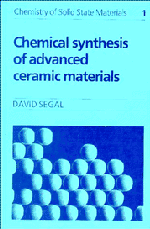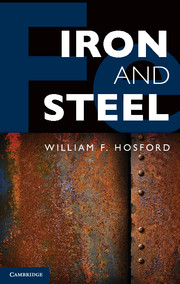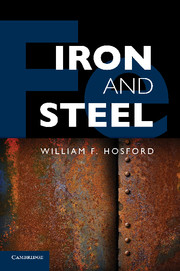Physical Metallurgy
Physical Metallurgy elucidates the microstructure, transformation and properties of metallic materials by means of solid state physics and chemical thermodynamics. Experimental methods of physical metallurgy are also treated.
This third edition includes new sections on the permeation of hydrogen in metals, the Landau theory of martensitic transformation, and order hardening and plasticity of intermetallics. Numerous other sections have been brought up to date in the light of new developments (e.g. scanning tunnelling microscopy, CALPHAD-method, diffusion in glasses, DIGM, recrystallisation). New artwork and references have also been added.
Professor Haasen's clear and concise coverage of a remarkably wide range of topics will appeal both to physics students at the threshold of their metallurgical careers, and to metallurgists who are interested in the physical foundation of their field.
- Established course book with over 200 line diagrams
- Physical metallurgy taught as a graduate course at many universities
- Equally useful for the graduate student and researcher in materials science
- New edition incorporates recent research
Product details
No date availableAdobe eBook Reader
9781316138250
0 pages
0kg
341 b/w illus. 5 tables
This ISBN is for an eBook version which is distributed on our behalf by a third party.
Table of Contents
- 1. Introduction
- 2. Experimental methods for the physical examination of metals
- 3. Microstructure and phase, grain and phase boundaries
- 4. Solidification
- 5. Thermodynamics of alloys
- 6. Structure and theory of metallic phases
- 7. Ordered arrangements of atoms
- 8. Diffusion
- 9. Precipitation
- 10. Point defects, especially those created by quenching and irradiation
- 11. Line defects-dislocations
- 12. Plastic deformations, work hardening and fracture
- 13. Martensitic transformations
- 14. Alloy hardening
- 15. Recrystallization.






